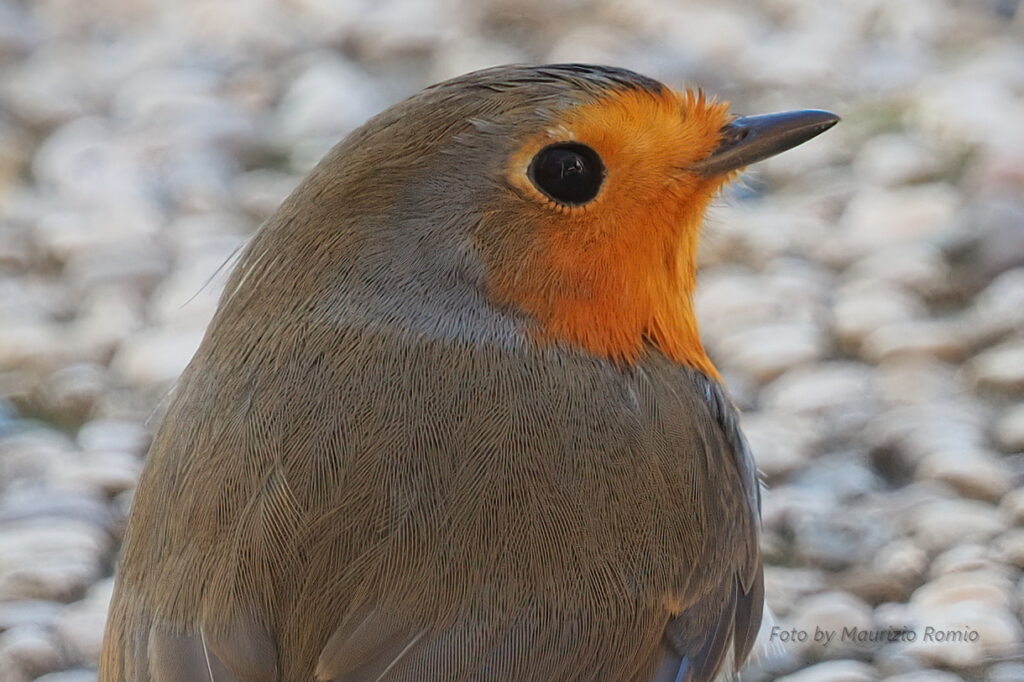
L’occhio scurissimo e vivace del pettirosso migratore europeo (nome scientifico Erithacus rubecula) emerge in maniera evidente dal suo piumaggio color rosso-arancio.
Ed è proprio attraverso lo studio dei suoi occhi che forse in futuro riusciremo a capire come alcuni animali riescano ad orientarsi utilizzando il campo magnetico terrestre.
Un recente studio pubblicato sulla rivista Nature del 23 giugno 2021 dal titolo “Magnetic sensitivity of cryptochrome 4 from a migratory songbird”, autori Jingjing Xu,Lauren E. Jarocha,….P.J. Hore, Volume 594, p: 535-540 (2021), ha evidenziato che la proteina cryptochrome 4 che si trova nella retina di questi uccelli è particolarmente sensibile ai campi magnetici e potrebbe essere questo il “sensore” magnetico utilizzato da questi uccelli per orientarsi durante i voli migratori.
(Photo taken with Olympus OM-D E-M10 MARK III camera combined with Olympus 100-400 f5.00-6.3 IS micro four-thirds telephoto zoom lens)

The dark, lively eye of the European migratory robin

The dark, lively eye of the European migratory robin (scientific name Erithacus rubecula) emerges strongly from its orange-red plumage.
And it is through the study of its eyes that we may be able to understand in the future how some animals are able to orient themselves using the Earth’s magnetic field.
A recent study published in the journal Nature on June 23, 2021 titled “Magnetic sensitivity of cryptochrome 4 from a migratory songbird”, authors Jingjing Xu,Lauren E. Jarocha,….P.J. Hore, Volume 594, p: 535-540 (2021), showed that the cryptochrome 4 protein found in the retina of these birds is particularly sensitive to magnetic fields and this could be the magnetic “sensor” used by these birds to orient themselves during migratory flights.

